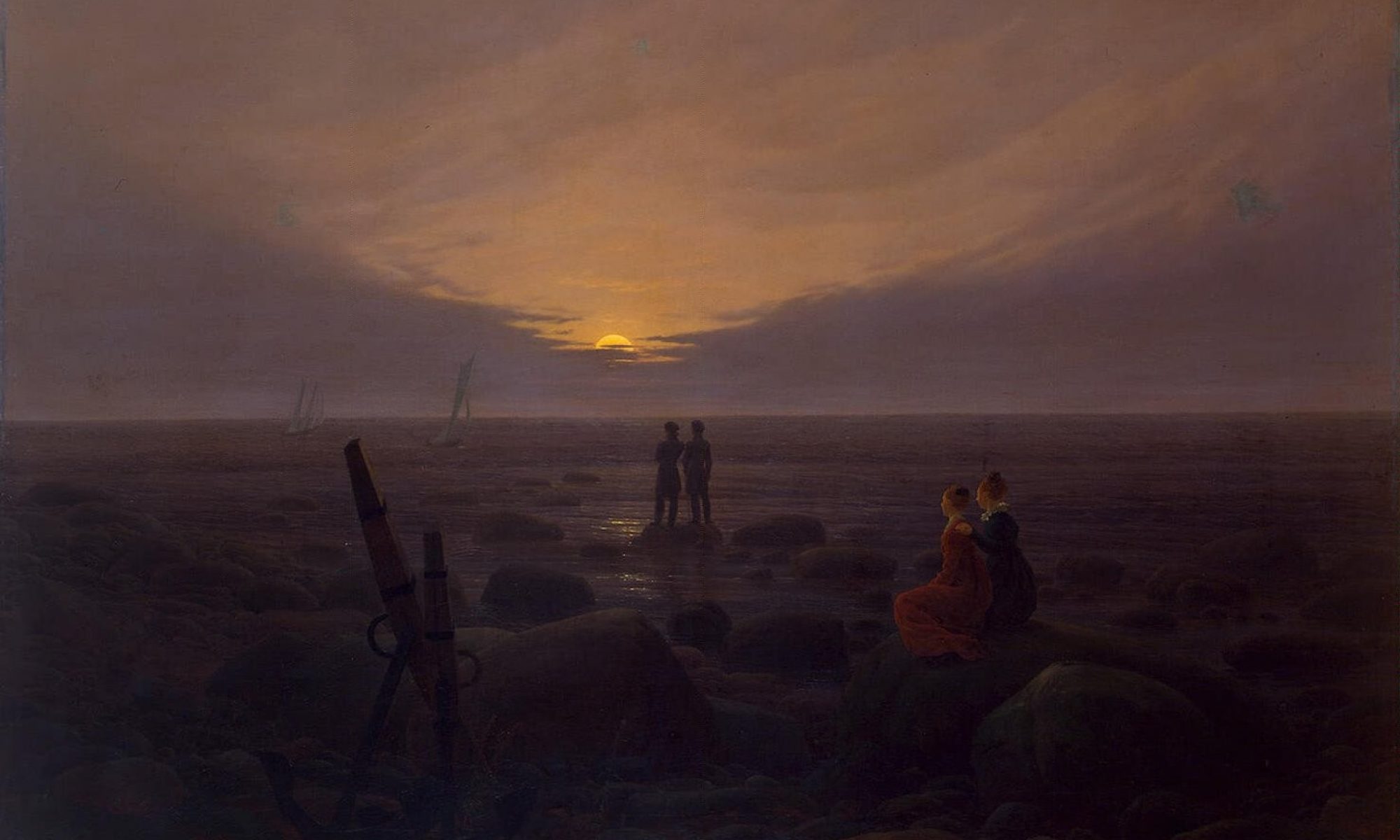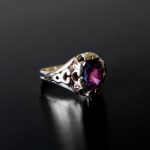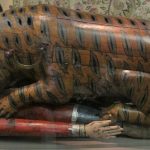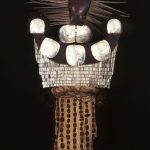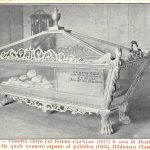Diego Saglia
Was the human body experienced, understood, studied and imagined in ways that were specific to the collective and individual sensibilities of Romantic-period societies and cultures? Although there may be as yet no final answer to this question, the body was undoubtedly at the centre of a wide range of transformations between the eighteenth and nineteenth centuries. This collection brings together some aspects of this cultural burgeoning with a focus on bodies. Its exhibits exemplify an infinitely more complex reality, showing how different and unconnected items can be brought into a dialogue and help reconnect with visions, ideas and experiences of the physical in the cultures of Romantic-period Europe.
Some conceptions and practices were generally quite stable, such as those related to personal care (Teresa Guiccioli’s Travelling Chest, originally a container of products and instruments for the body, later repurposed as a box of Byronic souvenirs); continuing social arrangements around courtship (Engagement ring given by John Keats to Fanny Brawne, a poignant combination of the affective, the spiritual and the physical); or violent death in war (Tippoo’s Tiger, which drew London audiences both for its mechanical ingenuousness and its gruesome depiction of an Asian animal mauling a Western body). Other conceptions were transforming fast under the pressure of new scientific developments, anatomy in particular (Thomas Hood’s Favourite Anatomy Song, an amusing take on dismemberment), as well as imperialism and colonization (The Toussaint Timepiece, depicting Toussaint Louverture, leader of a famous slave uprising on Saint-Domingue in 1802). At the same time, new bodies were being constructed or coming into visibility: fashionable and aristocratic (or aristocratically inspired), as in the bodies of female ‘exquisites’ and male dandies; exotic within a context of colonial expansion (Mourning Dress brought back from Tahiti by Captain James Cook); ‘normal’ and normative physiques, as opposed to disabled bodies, or the categories of the grotesque and the monstrous; and a new veneration for celebrity bodies (A Lock of Goethe’s Hair). Finally, Romantic cultures often turned bodies into cornerstones of national identity and heritage (Dante’s Bones Rediscovered and Exhibited in Ravenna in 1865, only a few years after the unification of Italy).
These and many other related objects in RÊVE realise the ‘Romantic’ body, even as they suggest its complexity: they point to vanished bodies, as well as to ideas of ‘the body’; they are artefacts, but also technologies offering an encounter, personal or collective, with the past; and nearly all of them have undergone changes in meaning over space or time. In all of these senses, they open up some fascinatingly ambivalent vistas on the Romantic period as a reality that is still physically present, yet also – and inevitably so – dematerialized, evanescent, and distant.
If this selection presents a limited number of items, you can find many other body-related exhibits in RÊVE, which also shift the focus in different directions, include Medal commemorating the performance of Viganò’s ballet Prometeo in 1814, Adam Mickiewicz’s Tie Pin, Beethoven’s Ear Trumpets, Narcissa’s tomb and The Hellespont.
